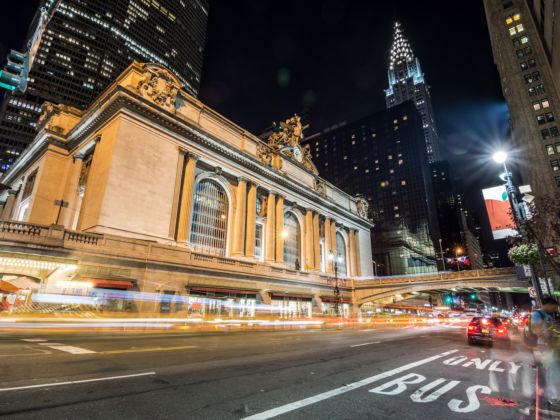DESPITE MY PARENTS’ worries about The Big City, shaped, as most parents’ worries are, by media hype and movie hyperbole, the New York I arrived in after graduating from college in 1999 was a city that had been transformed significantly since its days of gangs, graffiti, gratuitous sex, and sleaze.


Like any city, it had its rougher edges, of course (and, my father pointed out as he and I lifted a bureau over a group of my neighbors smoking ganja on the stoop of my South Bronx apartment building, I lived along those edges).
But New Yorkers nostalgic for the bad old days considered even those edges to be tame versions of a storied past. They insisted on talking about their New York, and they can still be heard today, complaining about shiny, smiley Times Square with its Hershey Store and Hard Rock Cafe.
You might say Curtis Sliwa is one of those New Yorkers.
Sliwa prides himself on (in his words) his “powerful, uplifting messages of overcoming fear and adversity to achieve self-reliance and contribute to one’s community.”
He founded the Guardian Angels, an NYC based civilian crime prevention and safety patrol corps that has inspired spin-off groups in Japan, Australia, Peru, New Zealand, Australia, and South Africa.
But recently, I learned that Sliwa launched a new project: The New York City Underbelly Tour, which takes paying guests on a spin around the “mean streets” of the South Bronx. The three hour tour starts on the “Muggers’ Express” (the 4 train, apparently–my old commute), and drops you off at 167th Street, one stop south of where I used to live on 170th and Jerome.
There, you’re met by a team of Guardian Angels, who will show you “active chop shops, drug houses in the shadows of police precincts, money laundering fronts, and murals dedicated to drug dealers.” At the end of the tour, you’ll “discover how the south Bronx has flourished and prospered”… though for whom, I’m not sure.
There’s been a lot of talk about this tour recently–it was written up in New York Magazine this week–so I’ll add my two cents. Is the Underbelly Tour–at least in concept–the developed world’s version of slum tourism? Would you take this tour? And is there something troubling about Sliwa’s do-gooder deeds, on the one hand, and his let’s-keep-the-gritty-past-alive money-making tour on the other? I’d be interested in your opinion–especially if you’ve been on the Underbelly Tour.
Community Connection:
Learn more about slum tourism in Dominic DeGrazier’s article about his experiences taking a favela tour in Brazil.